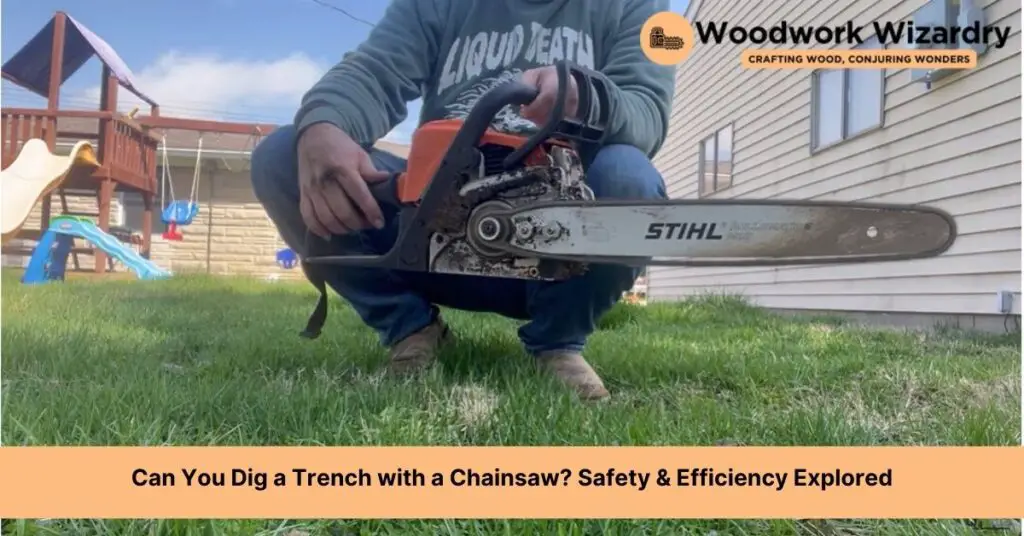In our quest for innovative solutions to everyday problems, we sometimes stumble upon ideas that sound more like a MacGyver episode than practical advice. Take, for instance, the concept of digging a trench with a chainsaw. It’s an idea that might raise a few eyebrows, but it’s sparked enough curiosity to delve into the possibilities and challenges it presents.
Let’s face it, we’ve all been there—faced with a task and only a limited set of tools at our disposal. So, the thought of using a chainsaw for trenching isn’t just about thinking outside the box; it’s about making do with what we have. But is it really a viable option, or just a fast track to a ruined chainsaw? Join us as we explore this unconventional method, weighing the pros and cons and sharing insights on when, or if, it should ever be considered.
The Craze Behind Digging Trenches with Chainsaws
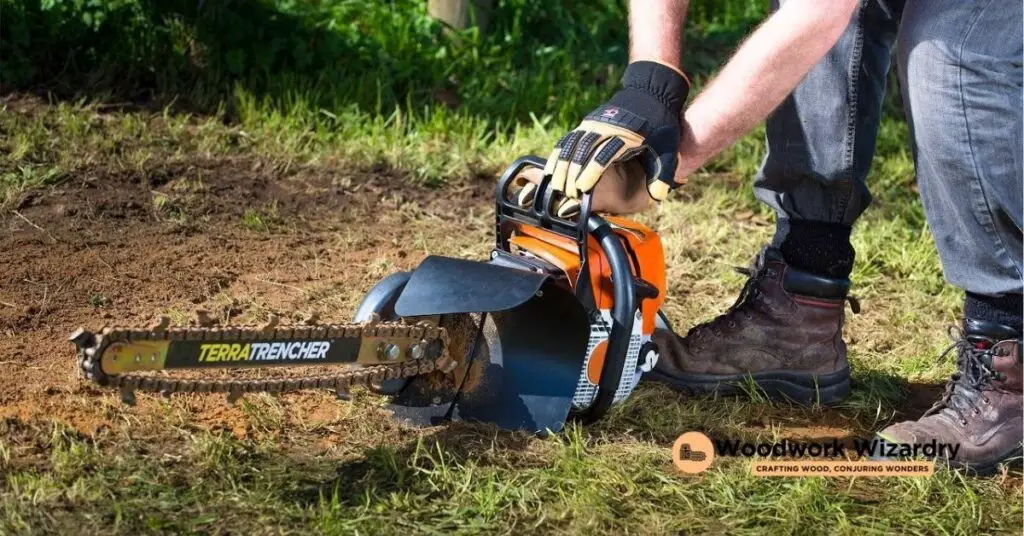
Following our exploration into the novel idea of using a chainsaw for trench digging, it’s clear this method has garnered attention for its ingenuity. The fascination stems from the need to improvise in situations where traditional tools aren’t available or practical. Chainsaws, typically used for cutting wood, present an unconventional yet intriguing option for trenching.
This curiosity isn’t just for the sake of novelty. In emergency scenarios or remote locations, the versatility of a chainsaw can be a game-changer. The concept aligns with a MacGyver-esque improvisation, turning a common tool into a multipurpose solution. It’s this blend of necessity and creativity that fuels the craze.
Professionals in landscaping and construction might raise eyebrows at the thought, understanding the precision and effort that manual or machine-dug trenches require. However, the idea of using a chainsaw for digging has found a niche audience among DIY enthusiasts and survivalists. These groups often face scenarios where traditional methods aren’t feasible, necessitating innovative approaches.
The appeal goes beyond just the practicality; there’s a sense of achievement in repurposing a tool beyond its intended use. This inventive technique showcases human creativity in solving problems with limited resources. As such, the discussions around chainsaw trenching aren’t just about the act itself but what it represents: resilience, innovation, and the ability to adapt.
While the method has its drawbacks, such as safety concerns and the potential for equipment damage, the buzz continues. It’s a testament to our curiosity and the perpetual quest for finding alternate solutions to everyday challenges. We find ourselves captivated by the possibilities, eager to see how this unconventional approach evolves and, perhaps, becomes a staple in the toolbox of the resourceful.
Understanding the Chainsaw Trenching Method
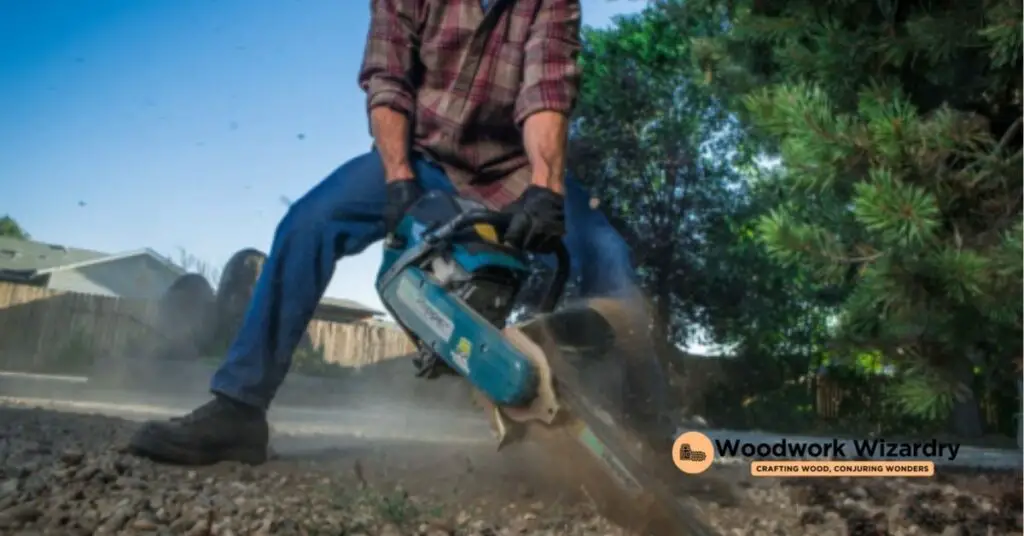
Digging a trench with a chainsaw isn’t your everyday task, but it’s an approach that’s sparked interest for its simplicity and improvisational nature. This method generally involves using a standard chainsaw, one typically reserved for cutting wood, to create narrow trenches in the ground. It’s a technique that demands attention to safety and the right conditions to be effective.
First, let’s talk about the type of chainsaw suitable for this method. A chainsaw with a long, sturdy bar and a sharp chain is essential, as it needs to cut through the soil and possibly roots. It’s crucial to ensure the chainsaw is in good working condition to minimize the risks of accidents or equipment failure.
The process of trenching with a chainsaw involves several steps:
- Preparation: Before starting, it’s vital to clear the area of any debris, rocks, or obstacles that could hinder the chainsaw’s path or pose a danger. Knowing the location of underground utilities is also crucial to avoid damaging them.
- Safety Gear: Equipping oneself with protective gear, such as gloves, goggles, and ear protection, is non-negotiable to safeguard against the chainsaw’s noise and potential kickback.
- Marking the Trench: Clearly marking the intended path of the trench helps in maintaining a straight line and ensures the trench meets its intended dimensions.
- The Cutting Process: The technique involves plunging the chainsaw blade vertically into the ground and then moving it along the marked line. This action requires a steady hand and a keen eye for maintaining the trench’s depth and direction.
The soil type plays a significant role in this method’s success. Loamy or sandy soils without a lot of stone are more conducive to chainsaw trenching. In contrast, rocky or compact soils may present too great a challenge and risk damaging the chainsaw.
While the chainsaw trenching method can be a nifty solution in specific scenarios, its practicality is limited to soft soils and small-scale projects. It’s an option when conventional tools aren’t available, or for those seeking an innovative way to tackle a project. However, the importance of safety and the risk to the equipment can’t be overstated. Chainsaws are not designed for digging into the earth, so using them in this way can lead to premature wear and tear or even personal injury if not handled with care.
Comparing Chainsaw Trenching to Traditional Methods
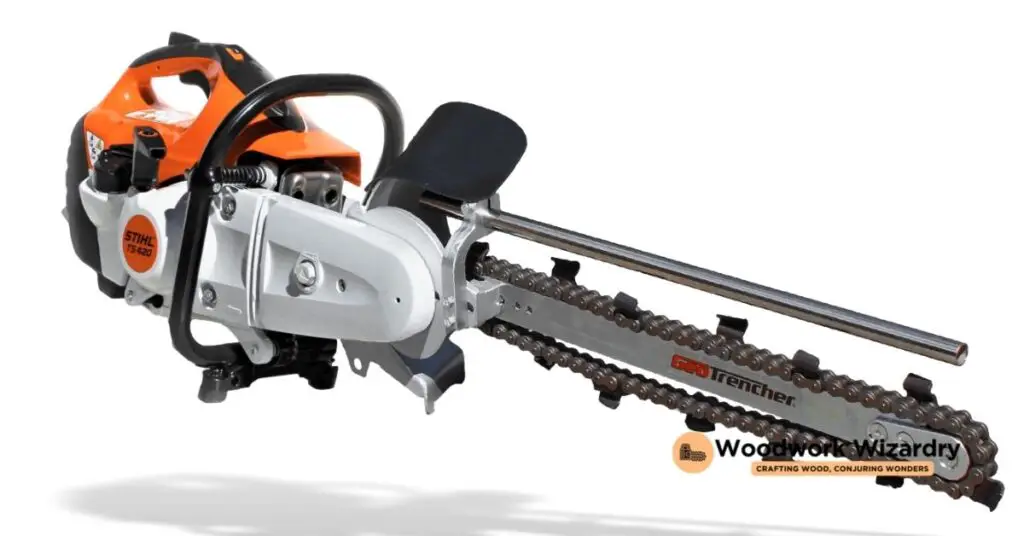
After discussing the chainsaw trenching method’s specifics and its appeal for DIY projects and emergency situations, let’s compare it to traditional trenching methods. Both have their merits, and understanding the differences can help you decide which is best for your needs.
Speed and Efficiency: Traditional trench digging tools, like shovels and pickaxes, or mechanical trenchers, are designed for this specific purpose. Mechanical trenchers, for example, can cut through soil quickly and create a clean trench in a fraction of the time it takes with a chainsaw. Chainsaw trenching, while innovative, can’t match the speed and efficiency of these tools in most soil conditions.
Precision and Cleanliness: Traditional methods, especially when using a trenching machine, offer a high level of precision and leave a clean, uniform trench. The chainsaw method, in contrast, might result in a more irregular trench and could require additional cleanup to remove any loose soil or debris.
Safety and Equipment Longevity: Safety concerns and the potential for damage to the chainsaw are significant considerations. Traditional trenching tools are less likely to lead to injury if used correctly since they’re designed for digging into the earth. Similarly, mechanical trenchers are equipped with safety features to protect the operator. The chainsaw, not being inherently designed for this task, poses higher risks of kickback, blade wear, and potential injury.
Cost: For small-scale or emergency projects, using a chainsaw you already own can be more cost-effective than renting or purchasing a mechanical trencher. However, considering the potential for chainsaw damage and the need for special chains, the cost advantage might not be as significant as initially thought.
In essence, while chainsaw trenching presents a creative solution in specific scenarios, traditional trenching methods offer advantages in speed, precision, safety, and equipment durability. For most trenching needs, especially larger projects or those requiring precise measurements, traditional tools and machinery remain the preferred choice.
Essential Safety Gear and Precautions
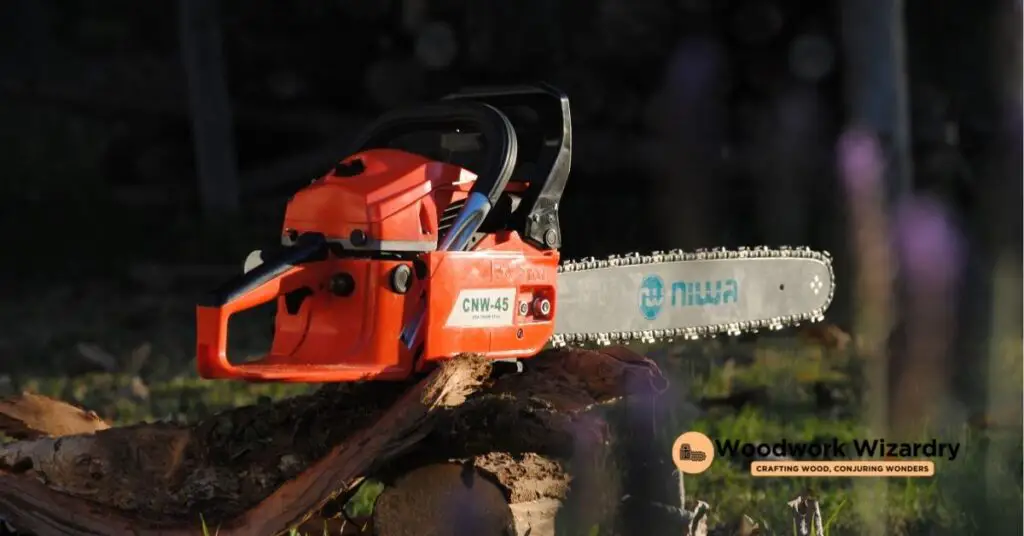
Tackling a trenching project with a chainsaw requires more than just ingenuity. It demands stringent adherence to safety protocols to mitigate inherent risks. Reflecting on the unconventional approach of using a chainsaw for trench digging, it’s crucial to emphasize that while this method can be cost-effective for emergency or small-scale projects, ensuring personal safety should always be the top priority. Here, we detail the indispensable safety gear and precautions necessary when undertaking such tasks.
Need-to-Have Safety Gear
- Protective Clothing: Wear long pants and sleeves made of heavy-duty material to protect against flying debris and accidental cuts.
- Safety Goggles: Shield your eyes with safety goggles to prevent dust, wood chips, and other particles from causing injury.
- Gloves: Opt for gloves that offer both a tight grip and cut resistance, ensuring better chainsaw handling and protection for your hands.
- Hearing Protection: Employ earplugs or earmuffs to safeguard your hearing from the chainsaw’s high decibel output.
- Steel-Toed Boots: Protect your feet with steel-toed boots, vital for guarding against heavy objects or accidental slips of the chainsaw.
- Read the Manual: Familiarize yourself with the chainsaw’s operating instructions, even if you’re an experienced user. Different models may have unique safety features or operational advice.
- Inspect Equipment: Before starting, check the chainsaw for any signs of wear, ensuring it’s in good working condition. This includes verifying the tension and sharpness of the chain.
- Clear the Area: Remove any unnecessary clutter from the trenching site to avoid tripping hazards or obstruction while working.
- Plan Your Cuts: Strategize each cut to ensure you maintain stable footing and control over the chainsaw, avoiding awkward positions that could lead to slips or falls.
- Use a Buddy System: Whenever possible, have a partner nearby while you’re working. They can offer immediate assistance in case of an emergency or if you encounter difficulties.
By following these safety measures, we emphasize the importance of prioritizing personal well-being over the convenience or cost-saving aspects of unconventional trench digging methods. Safety gear and precautions not only protect you from immediate harm but also ensure the long-term success and sustainability of your DIY projects.
User Experiences and Case Studies
In our exploration of using chainsaws for trench digging, we’ve uncovered fascinating stories from DIY enthusiasts and survivalists. These real-life case studies provide useful insights into the practicality and results of this unconventional technique.
One user experience comes from a homeowner in rural Texas, who used a chainsaw to dig a trench for a water line repair. They found the chainsaw method to be significantly faster than traditional digging tools, completing the project in half the usual time. However, they cautioned about the wear and tear on the chainsaw blade, recommending spare chains for larger projects.
Another case involves a survivalist from Colorado, who applied chainsaw trenching to create an irrigation channel for his off-grid cabin. He praised the method for its efficiency and the precision it allowed in navigating tree roots. This user emphasized the importance of wearing full protective gear, as outlined in our safety section, to avoid injuries during the process.
We also came across a community effort in a small village in Alaska, where residents collectively used chainsaws to dig a trench for laying electrical cables. The collective approach not only expedited the trenching process but also highlighted the community’s resourcefulness in overcoming equipment and resource limitations. They shared that frequent breaks and equipment checks were critical in ensuring the safety and success of their project.
Each of these case studies underlines the potential benefits of chainsaw trenching, such as speed and precision, while also echoing the safety concerns and equipment considerations we previously discussed. They serve as a testament to the ingenuity and adaptability of individuals when faced with challenges, demonstrating that with the right precautions and respect for the equipment, unconventional methods like chainsaw trenching can offer viable solutions to specific problems.
Conclusion
We’ve seen that with the right precautions and gear, using a chainsaw for trenching can be a game-changer for DIY enthusiasts and survivalists. It’s clear that this method isn’t just about saving time but also about leveraging the tools we have in innovative ways. Our journey through user experiences and case studies has shown us the importance of safety and maintenance, which cannot be overstated. While it may not replace traditional trenching methods for everyone, it’s certainly opened our eyes to the possibilities and the ingenuity within our community. Let’s keep pushing the boundaries of what we can achieve with the tools at our disposal, always prioritizing safety and efficiency.
Related Posts:
- Top Woods for Dremel Carving: Expert Picks & Tips
- Can Chainsaws Cut Through Bone? Debunking Myths and Facts
- Can You Dig a Trench with a Chainsaw? Safety & Efficiency Explored
- Staining Over Linseed Oil Finish: A Complete Guide
- How Long Does Wood Glue Take to Dry? Tips for Quick Drying
- Ultimate Guide: How to Stain Douglas Fir for Lasting Beauty
- Prevent Sap Leakage: Effective Wood Maintenance Tips
- Metabo C10RJS Review: Top Choice for Safety & Precision
- Choosing Between a Table Saw vs Miter Saw: Key Features Compared
- Top Picks for Best Plywood for Laser Cutting: Safety & Buying Guide
- Why Are Milwaukee Tools So Expensive? Unpacking the Premium Price
- Maximize Your Woodworking on a Budget: Tools, Tips, & Savings

